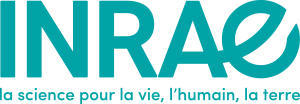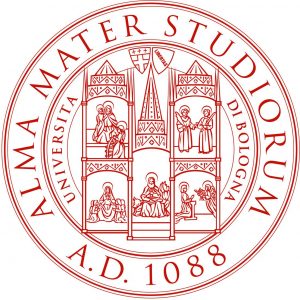
SUPPression of
pharmacological ZnO
SUPPlementation
of the right zinc oxide source
and the right dosage





Despite the EU deadline on June 2022, the transition phase has started also beyond European boarders. Countries such as China, Korea, Canada have implemented reduction plans already.
The use of constant and high dose of ZnO is known to have adverse conditions. Hereafter the 6 reasons why reducing its usage.
Impurities in ZnO are hazardous for animal & human health especially when used at pharmacological level.
Learn more:
> Heavy metals in pig production
> Impurities in standard ZnO
• Negative effect on phytase activity & thus on phosphorous release
• Antagonistic effect with acidifers
• Favors anemia using same transporter
Learn more:
> Factors affecting Zn fate
> Phytase interaction
High doses of zinc oxide affect piglet health if used for a long period.
Learn more:
> Negative effects to high ZnO
Palatability is key in stimulating the piglets appetite & high levels of ZnO are know to degrade feed intake.
Learn more:
> High ZnO palatability in piglets
> ZnO supplemented feed in piglets
High levels of ZnO increases by almost 30% the total quantity of Zn excreted in the pig’s growing life.
Learn more:
> Zinc fate in animal husbandry systems
> siMMin™: simulate zinc in feeding programs of pigs
> Footprinting of ZnO in pig production
Intensive usage of Zn in animals combined with antibiotics favor the development of bacterial resistance.
Learn more:
> ZnO on intestinal microbiota
> ZnO on antibiotic resistance
> Zn bacterial resistance
By continuing to browse this site, you accept our legals & privacy notice.